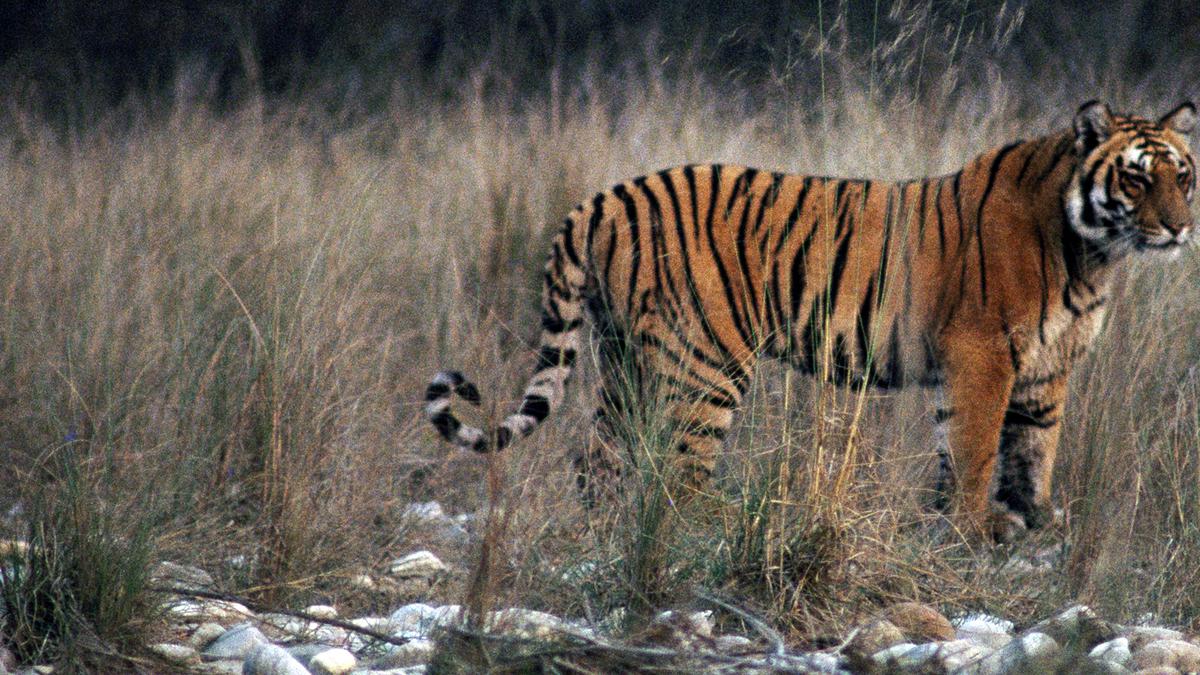The recent court ruling concerning Jim Corbett’s legacy has reignited discussions about his contributions to wildlife conservation and his historical significance. This ruling has sparked debates within legal, conservation, and historical circles, prompting a reevaluation of Corbett’s role and the broader implications for contemporary values and conservation efforts.
Legal Implications:
The court’s decision addresses Jim Corbett’s historical significance and raises broader questions about environmental protection and indigenous rights. Legal experts suggest that this verdict could set a precedent for reevaluating colonial-era figures and advocating for a more nuanced understanding of their contributions within their historical contexts.
Conservation Perspectives:
Conservationists are closely examining the implications of the court ruling on wildlife protection efforts. While Corbett’s methods in tracking and eliminating man-eating tigers were once praised, contemporary conservation ethics question the approaches used during his time. The judgment may indicate a potential shift in interpreting such actions within modern conservation frameworks.
Historical Reevaluation:
Historians are reexamining Jim Corbett’s life and work in light of the recent legal decision. They seek to reconcile his heroism with the complexities of his era, considering questions of privilege, power dynamics, and colonial legacies. This critical reevaluation aims to provide a more comprehensive understanding of Corbett’s place in history.
Conclusion:
The verdict on Jim Corbett transcends mere historical judgment, reflecting contemporary values and aspirations for a just and sustainable future. It underscores the ongoing dialogue between legal, conservation, and historical perspectives, highlighting the need for a nuanced understanding of past figures and their legacies.
Multiple Choice Questions (MCQs):
- What broader questions does the court’s ruling on Jim Corbett’s legacy address?
- A) Political affiliations of colonial-era figures
- B) Environmental protection and indigenous rights
- C) Economic reforms in wildlife conservation
- D) Technological advancements in tracking tigers
- How do contemporary conservation ethics view Jim Corbett’s methods in tiger elimination?
- A) They praise his approaches as exemplary.
- B) They question the ethical implications of his actions.
- C) They consider his methods outdated but effective.
- D) They advocate for replicating his strategies in modern conservation.
- What prompts the critical reevaluation of Jim Corbett’s place in history by historians?
- A) His contributions to modern technology
- B) Colonial legacies and power dynamics
- C) Economic reforms in wildlife conservation
- D) His involvement in political movements
- What does the conclusion suggest about the significance of the court’s ruling on Jim Corbett?
- A) It solely serves as a historical judgment.
- B) It reflects contemporary values and aspirations.
- C) It diminishes Corbett’s contributions to wildlife conservation.
- D) It emphasizes the need for historical censorship.
